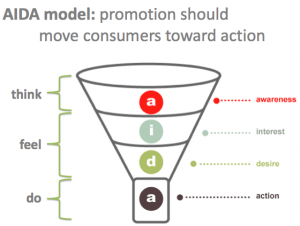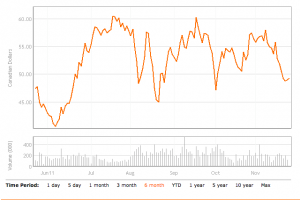Assignment 3 in the Marketing Plan Project was blast! Ever since high school, I’ve wanted to do something fun during presentations but was never allowed to deviate from suiting up and speaking in front of the class. My team chose Starbucks as our company to analyze and it was a lot of fun working with them because we all have a great personality. I think marketing requires a lot of creativity and presenting our original ideas innovatively is a great way to inspire people and magnify every team members’ strengths.
For instance, one of my group members is extremely good at using PowerPoint and Keynote. Another group member is detail-oriented and reminds us to follow the marking rubric when coming up with different ideas to put together the video. My other two group members are good at referencing and coming up with different ideas for evaluating the marketing mix for our chosen target market. On the other hand, I am good at speaking; therefore, I was in charge of speaking throughout the whole video.
Another reason why I really enjoyed assignment 3 is that I was able to learn about all the recording facilities available for students in the CLC. Using computers and creating videos is not my expertise; therefore, I am really happy to be able to learn about such important skills as part of my assignment requirement. I believe that forming groups with random classmates is a good way to make new friends and learn from each other. In conclusion, I enjoyed the Marketing Plan project as a whole, but especially assignment 3!



 Using an attractive male model in the video will first capture viewers’ attention and interest. Combined with the tech savvy effects of the video and what the model is conveying through his speech, consumers will generate the desire for the product, which will eventually lead them to purchase the product.
Using an attractive male model in the video will first capture viewers’ attention and interest. Combined with the tech savvy effects of the video and what the model is conveying through his speech, consumers will generate the desire for the product, which will eventually lead them to purchase the product.





